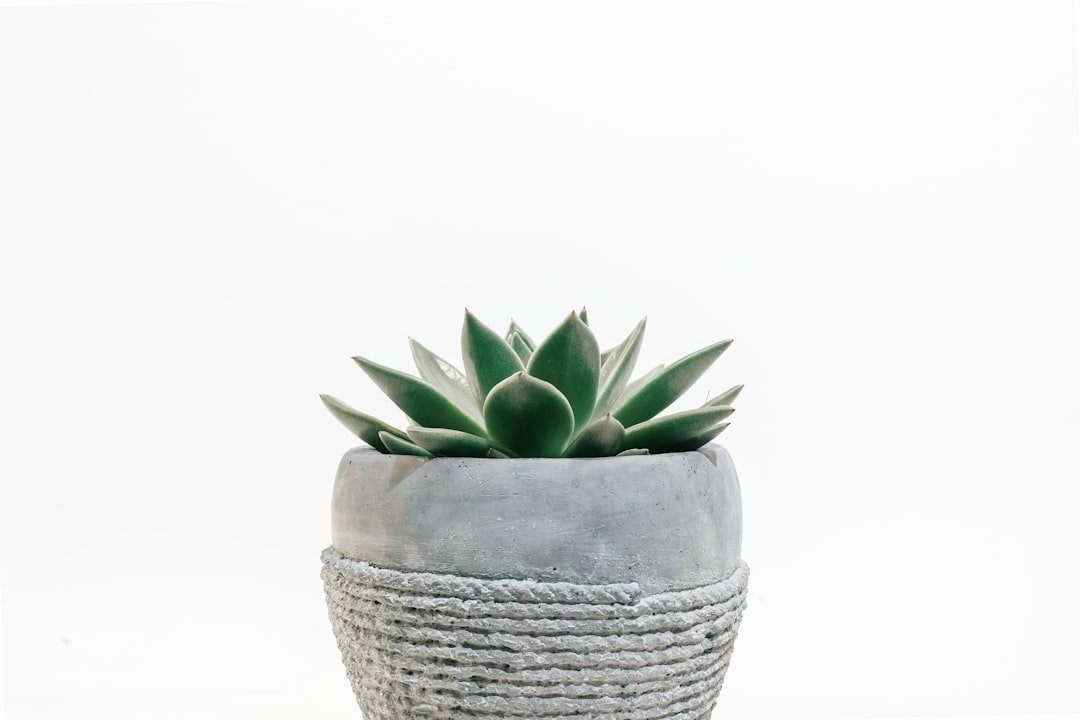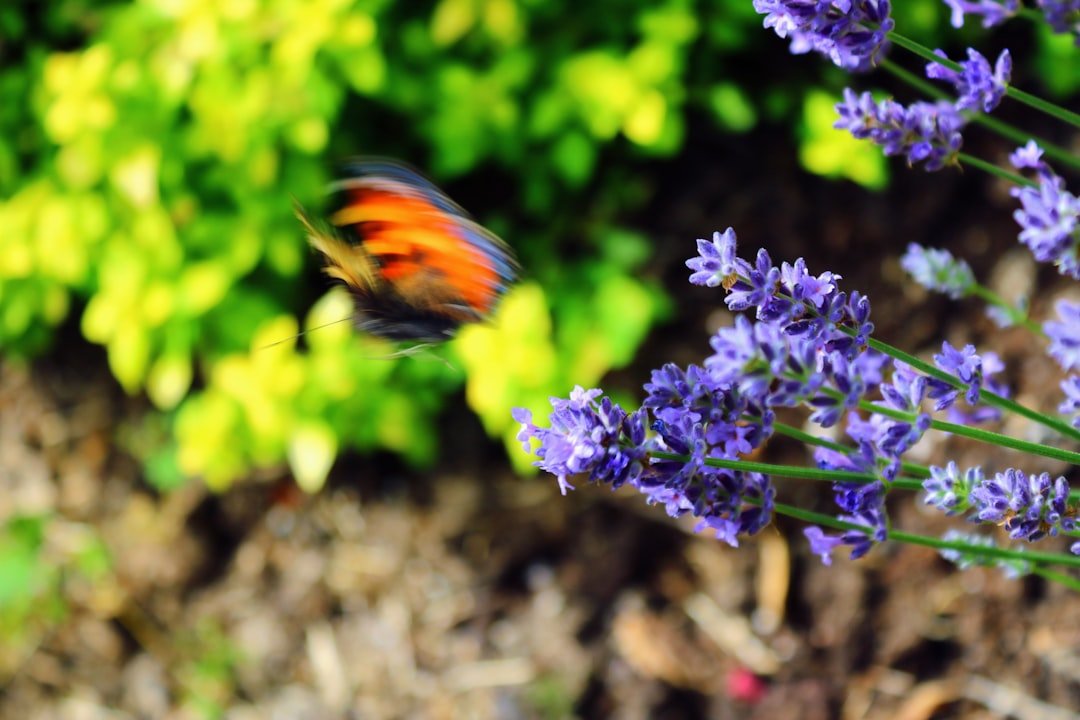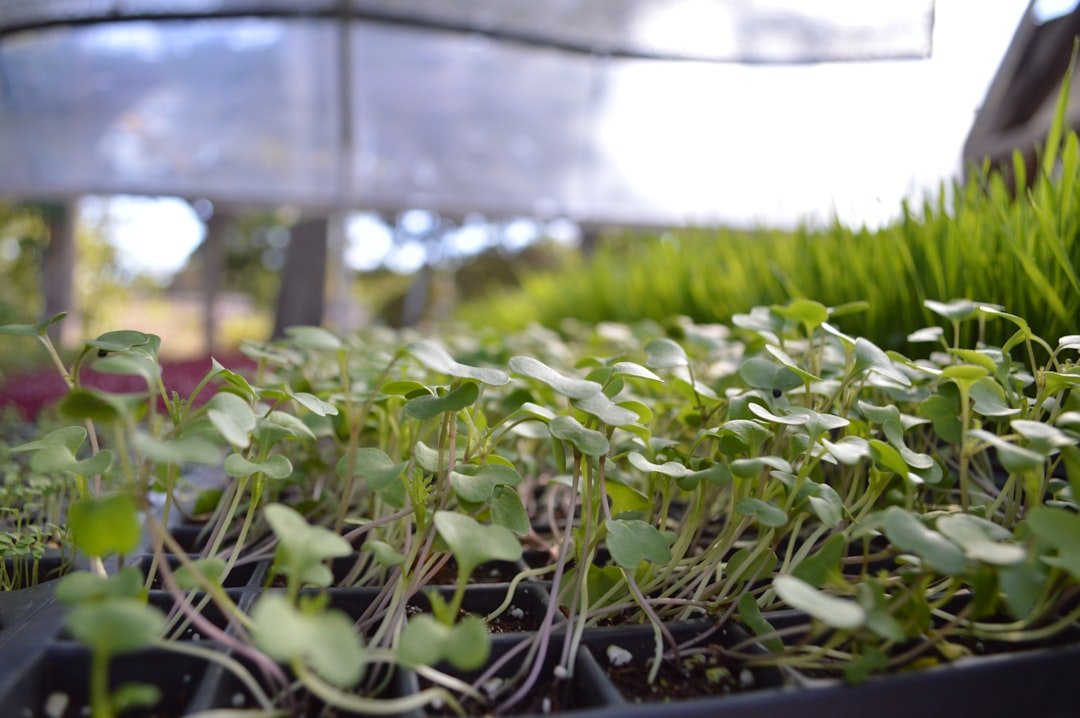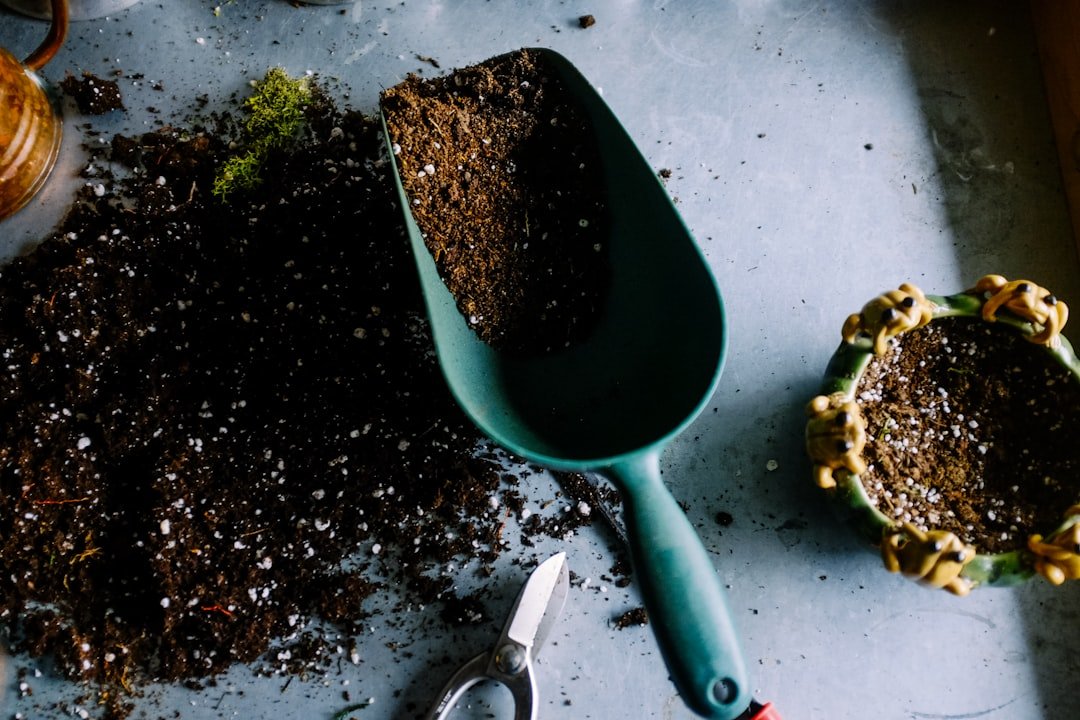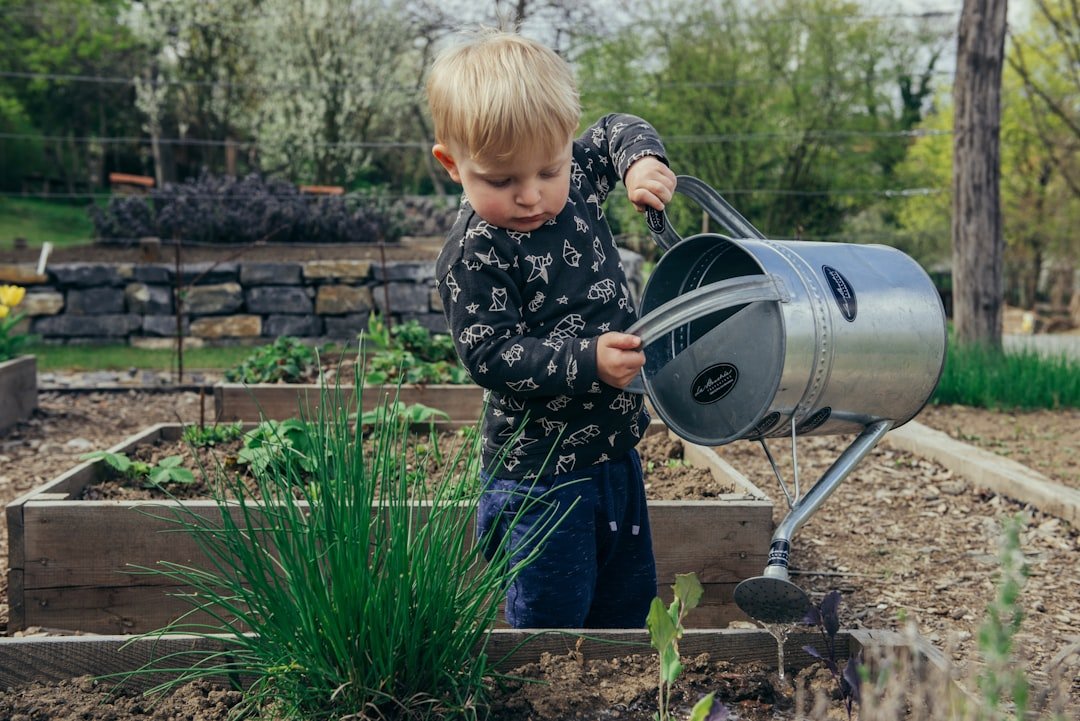When embarking on the journey of growing avocados, selecting the appropriate variety is paramount. There are several types of avocados, each with unique characteristics that can influence your gardening experience. The most popular varieties include Hass, Fuerte, and Bacon, each offering distinct flavors, textures, and growth habits.
The Hass avocado is renowned for its creamy texture and rich flavor, making it a favorite among consumers and chefs alike. Its dark, pebbly skin turns purplish-black when ripe, signaling that it’s ready to be enjoyed. On the other hand, the Fuerte variety boasts a smoother, green skin and a milder taste, making it an excellent choice for those who prefer a subtler flavor profile.
Bacon avocados are another option, known for their cold tolerance and smooth, green skin. Understanding the climate in which you live is crucial, as some varieties thrive better in specific conditions. For instance, Hass avocados flourish in warmer climates, while Fuerte and Bacon can tolerate cooler temperatures.
In addition to climate considerations, the intended use of the avocados should also guide your selection process. If you plan to use them primarily for guacamole or spreads, the rich and buttery texture of the Hass variety may be your best bet. Conversely, if you’re looking for avocados to slice into salads or sandwiches, the firmer flesh of a Fuerte might be more suitable.
Furthermore, consider the size of your garden or growing space; some avocado trees can grow quite large and may require ample room to spread their branches. Dwarf varieties are available for those with limited space, allowing you to enjoy homegrown avocados without sacrificing your garden’s aesthetics. Ultimately, choosing the right avocado variety involves a blend of personal preference, environmental factors, and practical considerations that will set the stage for a fruitful gardening endeavor.
Key Takeaways
- Choose the right avocado variety based on your climate and space availability
- Prepare the avocado seed by washing and drying it, then piercing it with toothpicks and suspending it in water
- Plant the avocado seed in well-draining soil with the top half exposed, and keep it in a warm, sunny spot
- Care for your avocado tree by watering it regularly, providing fertilizer, and protecting it from frost
- Prune and shape your avocado tree to encourage strong growth and a manageable size
- Deal with pests and diseases by keeping the tree healthy and using natural remedies when necessary
- Harvest and enjoy your homegrown avocados when they are ripe, and store any extras in the refrigerator
Preparing the Avocado Seed for Planting
Extracting the Avocado Seed
To begin the process of preparing an avocado seed for planting, you’ll need to extract the seed from a ripe avocado. This can be done by carefully cutting the fruit in half lengthwise and gently twisting the halves apart to reveal the large seed nestled within.
Cleaning and Preparing the Seed
It’s essential to handle the seed with care to avoid damaging it. After removing the seed, rinse it under cool water to eliminate any remaining fruit flesh. This step is crucial as any residue can promote mold growth during the germination process. Once cleaned, you can choose to plant the seed immediately or allow it to dry for a day or two; both methods can yield successful results.
Enhancing Germination Rates with the Toothpick Method
To enhance germination rates, many gardeners opt for a method known as “toothpick germination.” This technique involves inserting three or four toothpicks into the seed at a slight angle, creating a stable platform that allows the bottom half of the seed to rest in water while keeping the top half exposed to air. Place the seed in a glass of water with the pointed end facing up and ensure that the water level covers about an inch of the seed’s base.
Encouraging Sprouting and Growth
Position the glass in a warm location with indirect sunlight to encourage sprouting. Within a few weeks, you should begin to see roots developing from the bottom of the seed and a sprout emerging from the top. This process not only prepares your seed for planting but also provides an exciting visual journey as you witness life beginning anew.
Planting the Avocado Seed

After successfully germinating your avocado seed, it’s time to plant it in soil. Choose a pot that is at least 10 inches in diameter with good drainage holes at the bottom to prevent waterlogging, which can lead to root rot. Fill the pot with a well-draining potting mix that is rich in organic matter; this will provide essential nutrients for your young avocado tree as it establishes itself.
When planting, gently remove the seed from its water container and place it in the soil with the top half exposed above the surface. This positioning allows for optimal growth as it encourages both root development and sprouting of new leaves. Watering is crucial at this stage; ensure that the soil is moist but not soggy.
Overwatering can be detrimental to young plants, so it’s important to strike a balance. Place your newly potted avocado seedling in a location that receives plenty of indirect sunlight; this will help stimulate growth while protecting it from harsh direct rays that could scorch its delicate leaves. As your avocado tree begins to grow, you may notice new leaves unfurling and roots extending deeper into the soil.
This is an exciting time in your gardening journey as you witness your efforts come to fruition. With proper care and attention during this initial phase, your avocado tree will be well on its way to becoming a thriving plant.
Caring for Your Avocado Tree
| Aspect | Details |
|---|---|
| Watering | Regularly water the tree, but avoid overwatering. |
| Pruning | Prune the tree to maintain its shape and promote healthy growth. |
| Fertilizing | Use a balanced fertilizer to provide essential nutrients to the tree. |
| Sunlight | Ensure the tree receives plenty of sunlight for optimal growth. |
| Pest Control | Monitor for pests and use appropriate measures to control infestations. |
Caring for your avocado tree involves several key practices that will ensure its health and productivity as it matures. One of the most critical aspects of care is watering; young avocado trees require consistent moisture but are sensitive to overwatering. A good rule of thumb is to allow the top inch of soil to dry out before watering again.
As your tree grows larger and establishes a more extensive root system, you can adjust your watering schedule accordingly. Additionally, consider using mulch around the base of your tree to help retain moisture and regulate soil temperature. Organic mulch such as wood chips or straw not only conserves water but also enriches the soil as it breaks down over time.
Fertilization is another essential component of avocado tree care. Young trees benefit from a balanced fertilizer that contains nitrogen, phosphorus, and potassium—nutrients vital for healthy growth and fruit production. As your tree matures, you may want to switch to a specialized avocado fertilizer that caters specifically to its nutritional needs.
Applying fertilizer during the growing season—typically spring through early fall—will support robust growth and enhance fruit quality. Regularly monitoring your tree for signs of nutrient deficiencies or excesses is also important; yellowing leaves may indicate a lack of nitrogen, while burnt leaf tips could suggest over-fertilization. By providing consistent care through proper watering and fertilization practices, you will set your avocado tree up for success.
Pruning and Shaping Your Avocado Tree
Pruning is an essential practice that not only promotes healthy growth but also helps shape your avocado tree into a manageable size and form. As your tree matures, regular pruning will encourage bushier growth by removing dead or diseased branches and allowing more sunlight to penetrate through the canopy. This practice is particularly important for young trees; by selectively trimming back certain branches, you can promote a strong central leader while maintaining an open structure that facilitates air circulation.
Ideally, pruning should be done during late winter or early spring before new growth begins; this timing minimizes stress on the tree while maximizing its potential for recovery. In addition to enhancing health and structure, pruning can also influence fruit production. By thinning out crowded branches and removing any suckers—vigorous shoots that grow from the base of the tree—you can redirect energy toward fruit-bearing branches.
This practice not only improves air circulation but also allows more sunlight to reach developing fruit, resulting in better quality avocados. When pruning, always use clean, sharp tools to make precise cuts that minimize damage to the tree. As you shape your avocado tree over time, you’ll develop a deeper understanding of its growth habits and preferences, allowing you to cultivate a beautiful and productive specimen in your garden.
Dealing with Pests and Diseases

Common Pests Affecting Avocado Trees
Growing avocados can be a rewarding experience, but it also comes with its share of challenges, particularly when it comes to pests and diseases. Avocado trees are susceptible to various pests, including aphids, spider mites, and scale insects. These pests can weaken your tree by sucking sap from its leaves and stems, leading to stunted growth and reduced fruit production if left unchecked.
Identifying and Managing Pest Infestations
Regularly inspecting your tree for signs of infestation is crucial. Look for discolored leaves or sticky residue on foliage, both indicators of pest activity. If you notice an infestation, consider using insecticidal soap or neem oil as organic treatment options that are effective yet gentle on beneficial insects.
Diseases Affecting Avocado Trees
In addition to pests, avocado trees are susceptible to various diseases such as root rot and powdery mildew. Root rot is often caused by overwatering or poorly draining soil, so ensuring proper drainage is vital in preventing this issue. If you suspect root rot has taken hold, carefully inspect the roots and remove any that appear blackened or mushy before repotting in fresh soil with improved drainage properties. Powdery mildew manifests as white powdery spots on leaves and can be treated with fungicides or homemade solutions like baking soda mixed with water.
By staying vigilant against pests and diseases through regular monitoring and prompt action when issues arise, you can maintain a healthy avocado tree that thrives in your garden.
Harvesting and Enjoying Your Homegrown Avocados
The moment you’ve been waiting for has finally arrived: harvesting your homegrown avocados! Knowing when to pick avocados can be somewhat tricky since they do not ripen on the tree but rather after being harvested. Generally speaking, avocados are ready for harvest when they have reached full size but are still firm to the touch.
For varieties like Hass, look for changes in skin color; they will transition from green to dark purple or black when ripe. To harvest without damaging the fruit or tree, use pruning shears or scissors to cut the stem rather than pulling them off by hand. Once harvested, allow your avocados to ripen at room temperature until they yield slightly when pressed gently—this usually takes several days depending on their initial firmness.
Once ripe, they can be stored in the refrigerator if you’re not ready to consume them immediately; this will extend their shelf life while maintaining quality. The culinary possibilities with fresh avocados are endless—from creamy guacamole and vibrant salads to decadent avocado toast topped with various ingredients like poached eggs or smoked salmon. The satisfaction of enjoying avocados grown from your own garden adds an unparalleled dimension to these delicious dishes.
In conclusion, growing avocados at home is not only rewarding but also an enriching experience that connects you with nature’s bounty. From selecting the right variety to nurturing your tree through its life cycle and ultimately enjoying its fruits, each step offers valuable lessons in patience and care. With dedication and attention to detail, you can cultivate a thriving avocado tree that provides delicious produce for years to come—transforming your garden into a haven of flavor and health.
If you’re interested in enhancing your garden’s aesthetic with unique plants, you might also consider exploring the world of succulents. A related article that could provide you with valuable insights is “Adding Beauty to Your Garden: Succulents with Flowers.” This piece offers tips on how to integrate flowering succulents into your garden, complementing other plant types such as avocado trees. You can read more about it by visiting Adding Beauty to Your Garden: Succulents with Flowers. This guide will help you create a vibrant and diverse garden space.
FAQs
What is an avocado tree?
An avocado tree is a tree that produces avocados, a fruit with a creamy texture and a rich flavor. Avocado trees are native to Central America and Mexico, but they are now cultivated in many other parts of the world.
How tall does an avocado tree grow?
Avocado trees can grow to be quite tall, reaching heights of 30 to 40 feet. However, they can be pruned to a more manageable size for home cultivation.
How long does it take for an avocado tree to bear fruit?
It typically takes an avocado tree about 3 to 4 years to start bearing fruit. However, some varieties may take longer, up to 10 years, to produce avocados.
What are the ideal growing conditions for an avocado tree?
Avocado trees thrive in warm, tropical or subtropical climates. They require well-drained soil and plenty of sunlight. They are sensitive to cold temperatures and frost, so they are best suited for growing in USDA hardiness zones 9-11.
How do you care for an avocado tree?
Avocado trees require regular watering, especially during dry periods. They also benefit from regular fertilization and pruning to maintain their shape and promote fruit production. Additionally, they may need protection from pests and diseases.
How do you propagate an avocado tree?
Avocado trees can be propagated from seeds, but it’s important to note that the resulting tree may not produce fruit that is true to the parent plant. For this reason, many people prefer to propagate avocado trees from grafted cuttings to ensure fruit quality and consistency.


















































